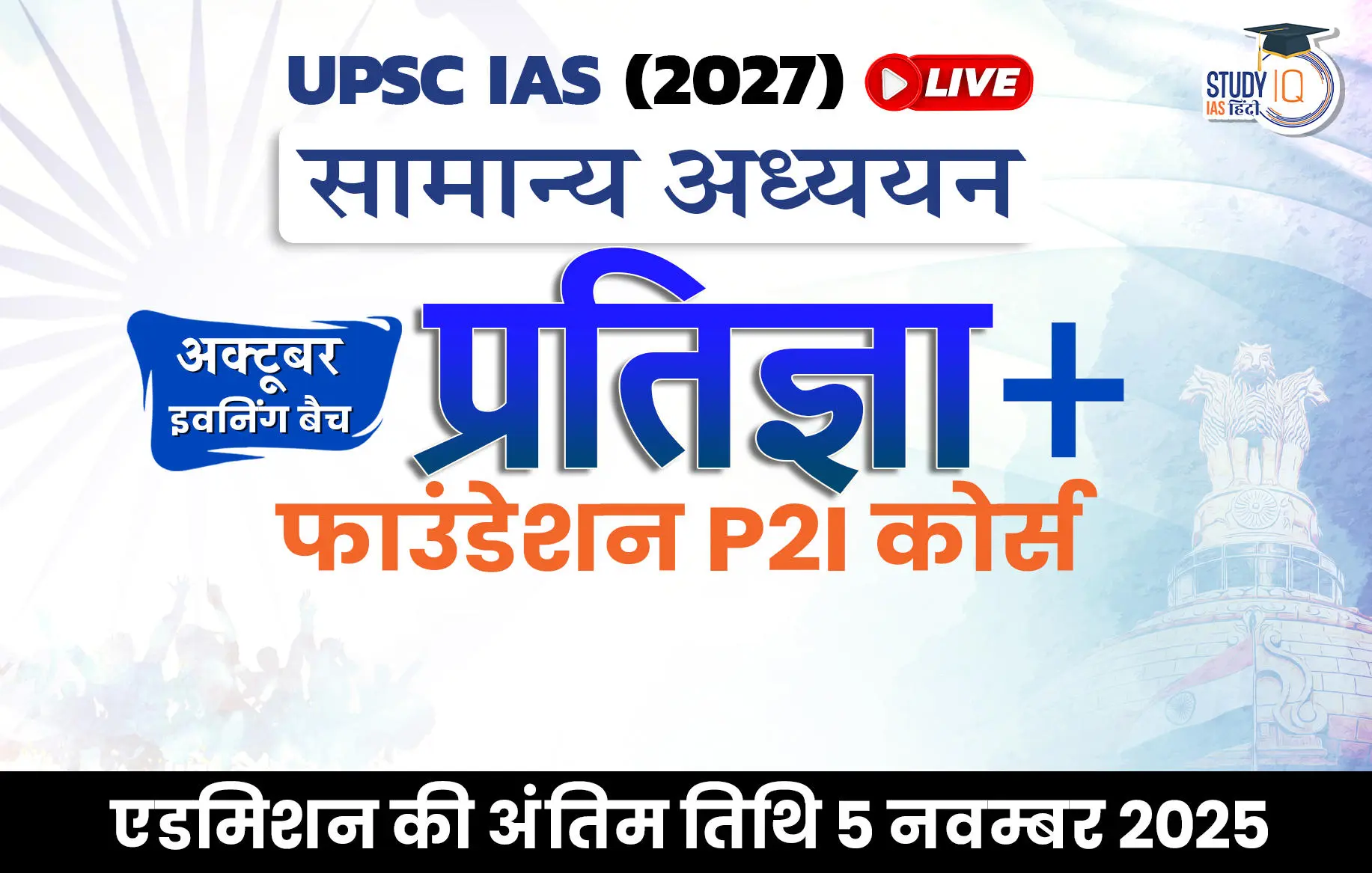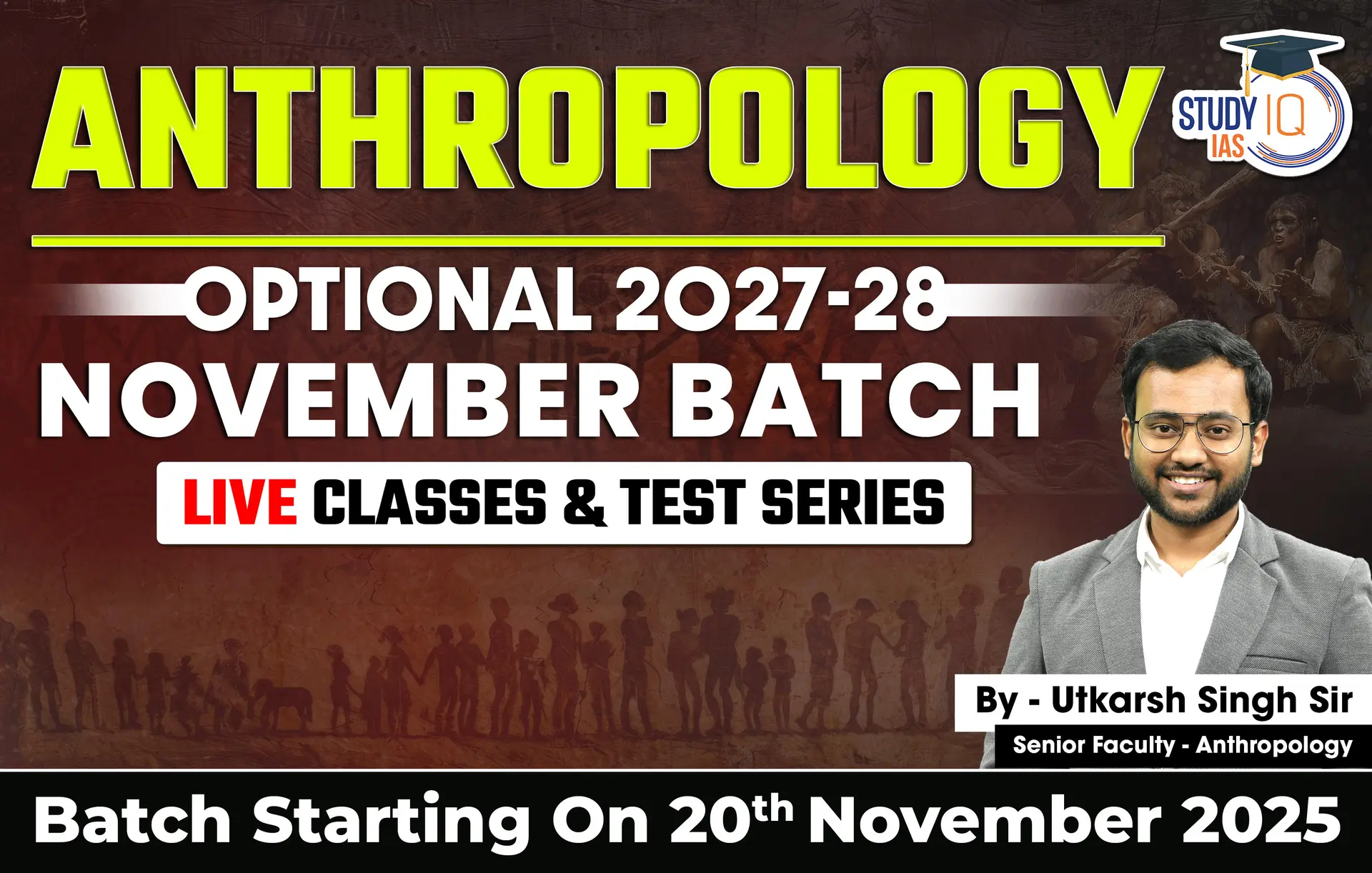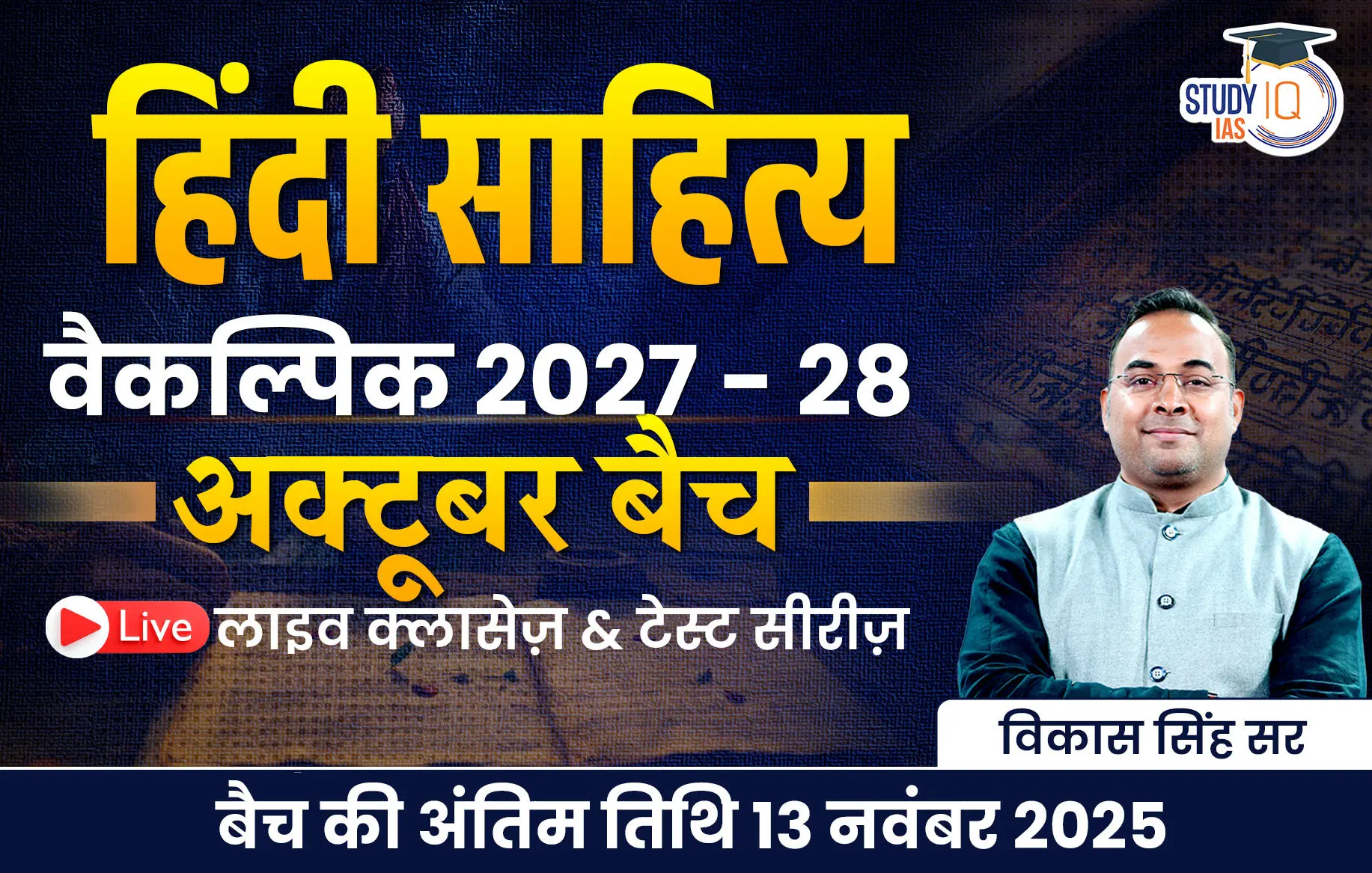Table of Contents
Context: The article is discussing the concern expressed by the Prime Minister, regarding the slowing progress of Sustainable Development Goals (SDGs) during the first meeting of Finance Ministers and Central Bank Governors under India’s G20 Presidency, held recently. It also highlights the importance of India’s population size in achieving the SDGs at a global scale and acknowledges the country’s potential to become the third largest economy in the world in the next decade. The article emphasizes the need to translate economic growth into progress on social and human development, that deserves immediate attention and necessitates India’s immediate action towards the slowing SDG progress.
Decoding the Editorial
The article talks about:
- India’s mixed progress towards achieving the 231 unique indicators set under the 17 SDGs framework.
- Roughly halfway to the deadline, where does India currently stand with regards to progress on these indicators is a major concern.
- It does not provide a comprehensive overview of India’s progress on each indicator, but rather highlights the Prime Minister’s concern about the slowing progress of the SDGs in general.
- Capacity to cater to a large Population:
- India’s recent mobilization for COVID-19 response demonstrated the country’s ability to deliver at scale for its population.
- There may be lessons from this mobilization effort that could be adapted for the SDGs.
- India’s Progress:
- On analysing India’s progress on 33 welfare indicators, covering nine SDGs, India is on track to meeting 14 of the 33 SDGs, including indicators for neonatal and under-five mortality, full vaccination, improved sanitation, and electricity access, all of which have substantially improved in the last five years.
- On- Target Indicators: The national “On-Target” designation does not apply equally across all districts in India.
- While some indicators such as neonatal and under-five mortality rates are on track for the country as a whole, there are still a significant number of districts that are not on target to meet these indicators.
- Similarly, while there has been significant progress on access to improved sanitation, there are still 129 districts that are not on course to meet this SDG indicator.
- Off- Target Indicators: such as eliminating adolescent pregnancy, reducing multidimensional poverty, and increasing the number of women having bank accounts have shown improvement in majority of districts from the 2016-20 time frame.
- Despite a national policy push for clean fuel for cooking, more than two-thirds (479) of districts remain ‘Off-Target’. Similarly, some 415 and 278 districts are ‘Off-Target’ for improved water and handwashing facilities, respectively.
- Of heightened concern are SDG indicators for women’s well-being and gender inequality.
- No district in India has yet succeeded in eliminating the practice of girl child marriage before the legal age of 18 years.
- At the current pace, more than three-fourths (539) of districts will not be able to reduce the prevalence of girl child marriage to the SDG target of 0.5% by 2030.
- Unsurprisingly, other critical and related indicators such as teenage pregnancy (15-19 years) and partner violence (physical and sexual) that may be tracked back to child marriage are issues that India needs to escalate as priorities.
- Despite the overall expansion of mobile phone access in India (93% of households), only 56% women report owning a mobile phone, with 567 districts remaining ‘Off-Target’.
This mixed picture underscores the need for continued efforts to ensure that progress towards the SDGs is more evenly distributed across all regions of the country.
- “Optimization Approach”: India’s response to the COVID-19 pandemic can provide valuable lessons for addressing the country’s progress towards meeting its SDG targets.
- COVID-19 response in India was successful due to an “optimisation approach,” which involved a combination of political will, responsive administration, adequate resources, and sound data.
- This same approach can be applied to India’s efforts to achieve its SDG targets. By focusing on this approach, India can identify the most effective policies and strategies for achieving its SDG goals.
- First, strong and sustained political leadership supported by a responsive administrative structure at all levels, from national to the district level, was critical to the success both of India’s COVID-19 vaccination programme and its efficient rollout of a comprehensive relief package.
- This rare, nimble political-administrative synergy was willing to learn and undertake course corrections in real-time.
- Creating a similar mission-oriented ethos that is assessment-oriented and which provides adequate support for accomplishing India’s district-level SDGs is now urgently needed.
- Second, India’s success with COVID-19 was largely possible both because of the existing digital infrastructure, as well as new, indigenous initiatives such as the Co-WIN data platform, and the Aarogya Setu application.
- Following these examples, India must put in place a coordinated, public data platform for population health management, by consolidating its many siloed platforms into an integrated digital resource for district administrators, as well as State and national policy makers.
- Thirdly, a targeted SDG strategy delivered at scale must be executed with the same timeliness of India’s COVID-19 relief package.
- As early as March 2020, the Government of India had put in place Pradhan Mantri Garib Kalyan Yojana, later augmented to nearly ₹6.29 lakh crore, which included the Pradhan Mantri Garib Kalyan Anna Yojana covering 800 million people.
- The program provided direct support to individuals and businesses in need, as well as measures to boost the economy and agriculture sector. It was particularly beneficial for vulnerable and disadvantaged groups, and demonstrated the value of a proactive government-supported program aimed at improving people’s well-being.
Way Forward
- India should chart a new policy path that can meet the aspirations of its people in the next decade, given the absence of any historical precedent for delivering development to a billion-plus people in a healthy and sustainable manner. India’s successful response to the COVID-19 pandemic demonstrated its ability to deliver at scale in a comprehensive manner. To meet its SDG targets, particularly those related to population health and well-being, basic quality infrastructure, and gender equality, India needs to embark on a similar concerted, pioneering, nationwide effort that would require significant resources, political will, and administrative capacity.

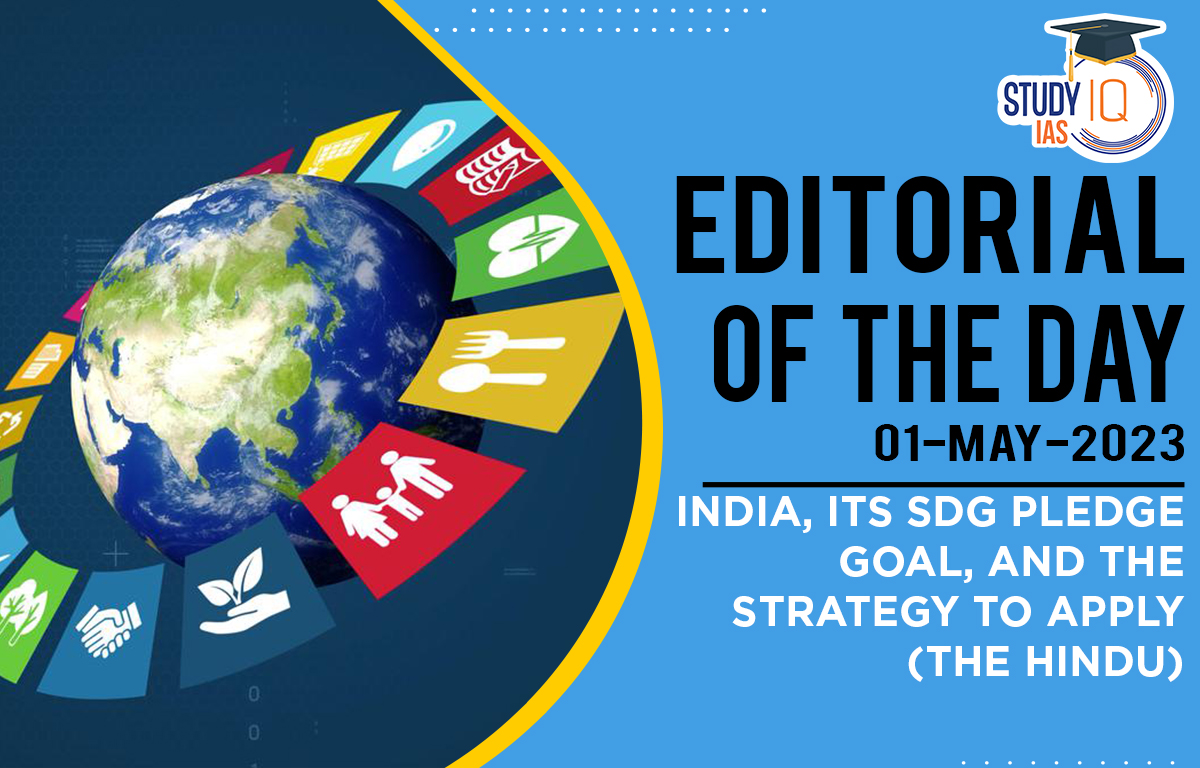
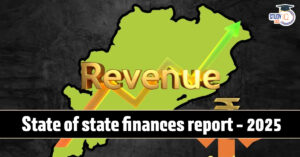 State of State Finances Report 2025: Key...
State of State Finances Report 2025: Key...
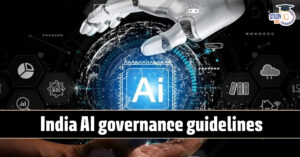 India AI Governance Guidelines 2025: Ena...
India AI Governance Guidelines 2025: Ena...
 GPS Spoofing: Meaning, Working, Types, I...
GPS Spoofing: Meaning, Working, Types, I...

